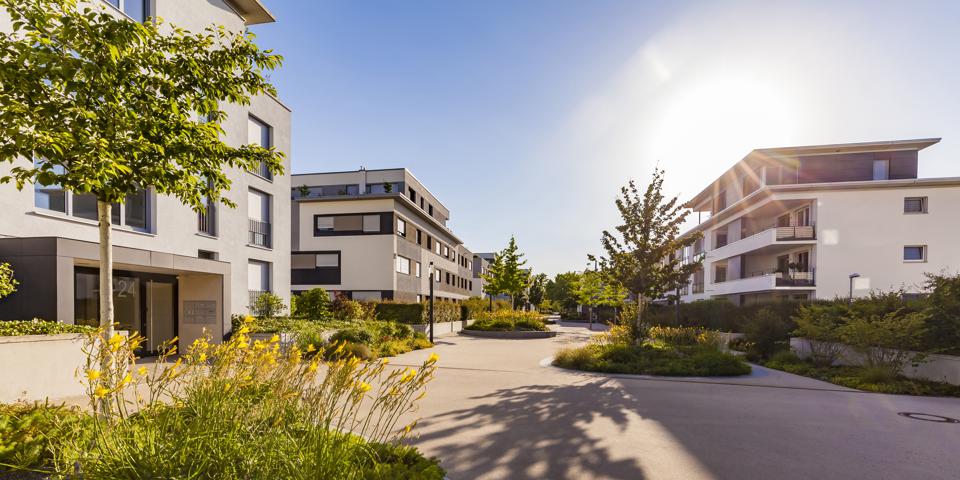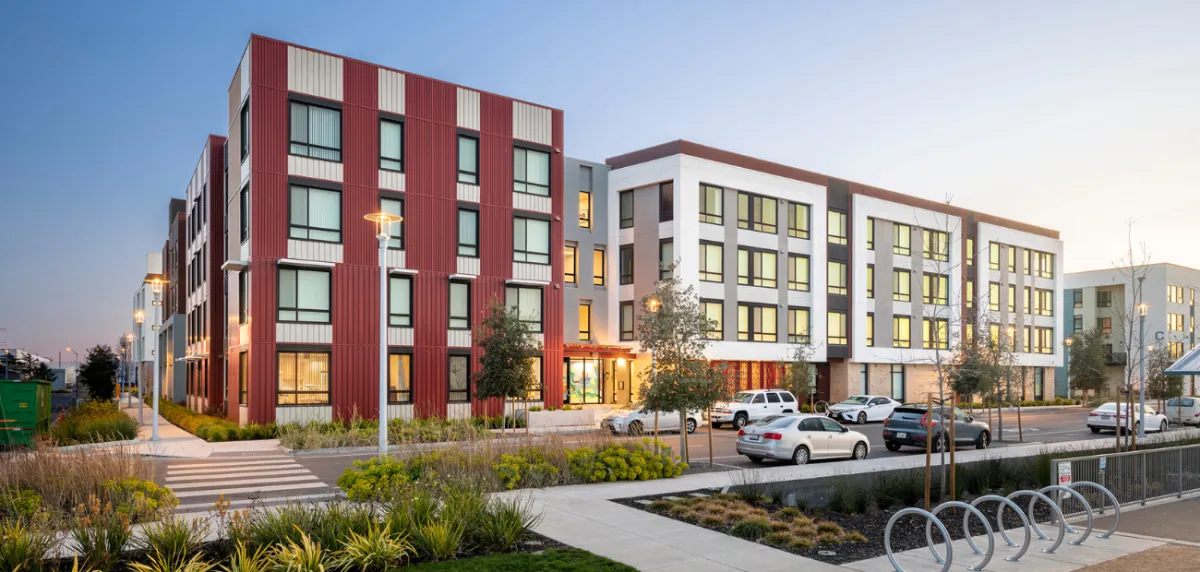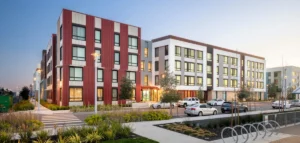Swapnil Agarwal, Forbes Councils Member
Covid-19 came as a shock to all of us. From work to personal life, we’ve seen significant changes from just a year ago. With all the uncertainty, it’s easy to assume that investments in real estate would stagnate. For that reason, many people have followed suit and shied away from these types of assets since the start of the pandemic.
But, I see the market and outlook differently. I started and currently lead a real estate investment firm, and I have been through market fluctuations and benefited from the long-term advantages of owning and operating multifamily properties, even in precarious times.
In the field of real estate investing, we’re seeing a lot more stability and areas of positive growth in multifamily assets than you would initially expect in the wake of a global pandemic. Over time, I anticipate a dramatic shift in capital toward multifamily, making this type of real estate asset class the hidden gem in the investment world.
Reason 1: Generational Shifts And Impacts On Demand
There’s a real movement in the needs and wants of the dominant members of the populace today. Millennials have become a driving force for multifamily properties, as they now find themselves renting for longer. There’s a lot that attracts millennials to multifamily options, including the flexibility of rentals, a low barrier to entry (such as no down payment) and a shift from the traditional dream of “owning a home.”
This pushes them toward multifamily living, without the financial burdens that come with purchasing a house. Further, it provides people flexibility if they want to move or relocate for any reason. At the end of the day, this trend means greater demand for multifamily properties.
Reason 2: Supply Shocks
With general pandemic-related risks, economic volatility and a lack of overall visibility, new supply is becoming constrained. Further, I predict new developments will still occur but at a much slower pace due to market uncertainty. Traditional developers that build high rise properties in urban areas are unsure of demand given Covid-19 risk and dense-city flight. Renters are fleeing dense, high-cost-of-living areas like San Francisco and New York City for more affordable and less-dense locations in states like Texas, Colorado and Arizona, opting for more space and affordability.
With fewer multifamily housing properties coming onto the market, especially in the affordable segment, the supply side is expected to remain constrained. This boils down to basic economics: Increased demand plus lower supply equals higher demand for multifamily property owners.
Reason 3: Investor Demand Coupled With Low Rates Create Cap Rate Compression
The capitalization rate, or cap rate, measures the income divided by the purchase price. Cap rate compression occurs when investors are willing to pay a higher price for the same dollar of income. Often, U.S. Treasury bonds can be used as a benchmark against cap rates to determine the spread against a risk-free bond.
In context with today’s economic climate, the spread between 10-year treasuries and cap rates is higher than historical average levels. Typically, the spread is about 2.5%. However, today, cap rates are averaging around 4.75% to 5%, and a 10-year treasury bond is about 0.8%, making the spread closer to 4%. Hence, there is room for cap rate compression, which translates to higher future valuations and favors the buyer of today.
Further, the M2 money supply (a measure of money supply in the economic system) looks like a hockey stick, with a current high of more than $18.8 trillion. According to the Federal Reserve, Fed rates are expected to be at or near zero through 2023, meaning an increased supply of capital will be pursuing transactions, putting further upward pressure on pricing.
Reason 4: Recession And Pandemic Resilience
Covid-19 has caused notable economic turmoil across the board, but multifamily has historically endured very well through extreme market fluctuations. There are two reasons for this: First, federal governments are highly motivated to support citizens financially so that people can afford rent. Who wouldn’t remember the CARES Act $1,200 stimulus check at the start of the pandemic? There is an intrinsic desire to help people along and carry them through their financial burden with government aid during difficult times.
Secondly, housing is a basic human necessity. Even in hard times, tenants will do their best to make rent and keep a roof over their heads. Class B and C multifamily properties tend to be situated along major commuter routes, allowing tenants to get to work easily, making it even more desirable. For the owner, multifamily properties can offer a tangible asset with capital appreciation while also offering steady income.
Multifamily housing isn’t going away anytime in the future. It’s only scratched the surface of what’s proving to be a very strong asset class for real estate investing, even during a pandemic. As I encourage investors to diversify their portfolio, real estate, especially multifamily properties, seems to be an obvious choice for a place to invest in 2020 and beyond.












